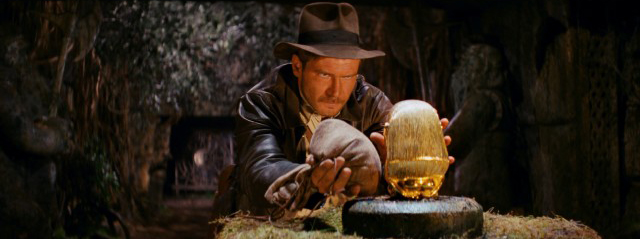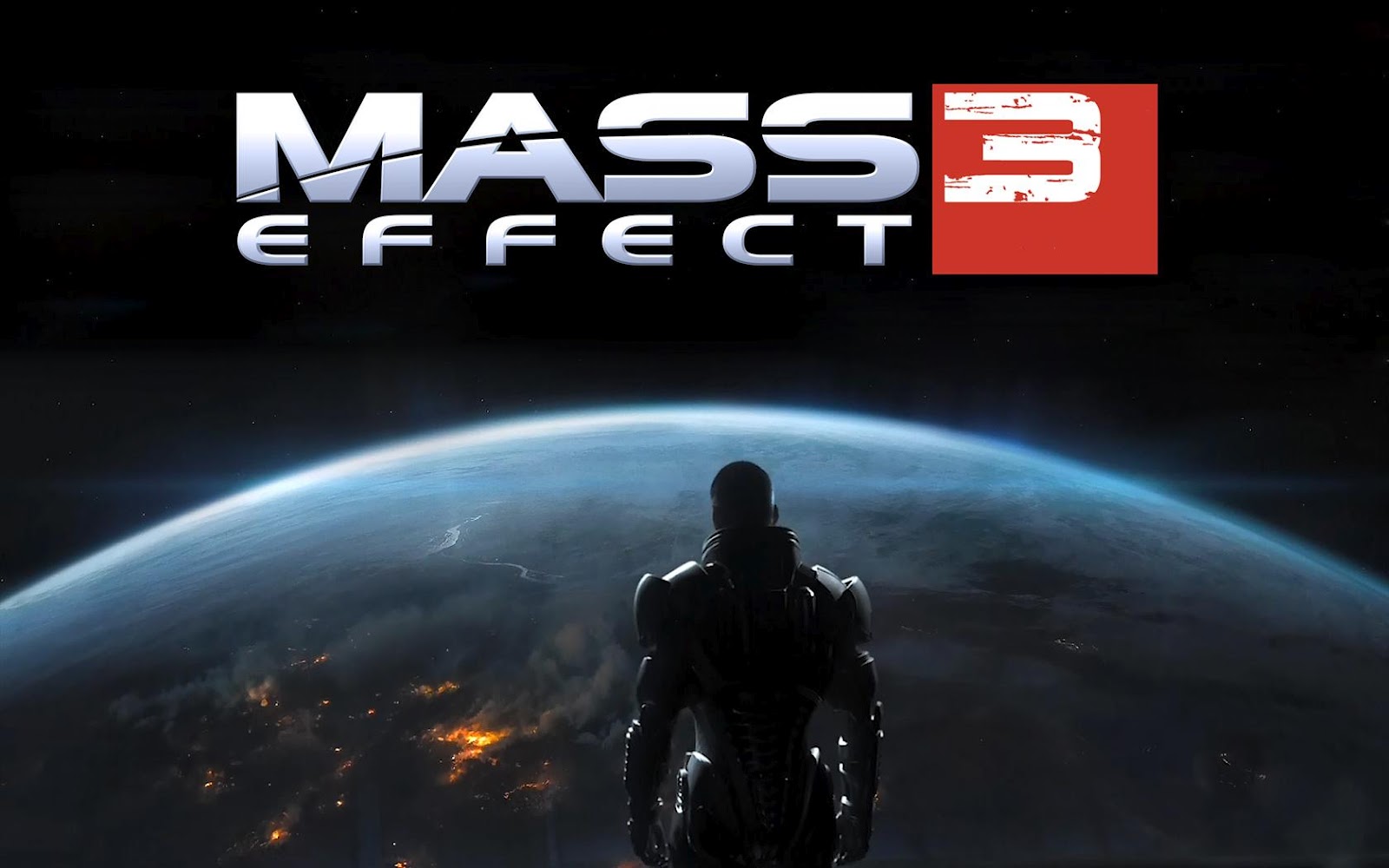Work on Sea Dogs season two continues, still with the expectation of running it after New Year’s. In the meantime, I thought I would discuss a mechanic I’m using in this campaign, which might be of use to someone out there.
When I started work on this campaign, I decided I wanted it to be a more player-driven sandbox than its predecessors. To that end, I denied the players the use of things like Patrons, so they would have no “NPC Authority Figure” whose orders they follow without question (as is generally the like-it-or-not case). But then, how do you motivate the characters to some end without such a reliable source of direction? My solution, in this case: “Treasure Maps.”
What’s All This, Then?
The idea is that each player would define a “treasure” he is attempting to find—though this treasure would not necessarily be “silver and gold,” but could be anything. In fact, I encouraged them to each come up with something unique among the group. I was really happy with the results, summarized here:
- Artegal Spenser is looking for the means to free his wife from a fairy-prince, and knew to look for a “witch” in Port-de-Paix.
- Claudia Lucroy has a small golden Skull she had stolen, that would lead to “something valuable”—I already had something in mind for this. It causes weird dreams of another Skull, and a “pull” in what is presumed to be its companion’s direction.
- Davino Palange has The Gun™—in his case, he already possesses the “treasure,” and the conflict would come looking for him instead, though he had a clue regarding the former owner in Barbados, that leads to more information.
- John Hayden is looking for his recently-discovered son, with the name of a ship he had served on, and the whereabouts of the lad’s good friend who might know where he went.
- Sir Randel Payne had knowledge of a couple of items that would lead him to a “Treasury,” hidden by Captain Morgan near Campeche, and a journal containing more clues.
- William “Buck” Rogers has a painting that he knows to be a map of the Amazon River, pointing to the location of something of great value, along with the name of the thief that stole it—it’s an actual treasure map
Many of these are in some stage of progress/completion as of the end of season one.
The Setup
After the players did their part, I decided to give each of these objectives three “steps” to completion (or thereabouts), and worked out what/who/where those steps would be—I tried to spread the locations around the Caribbean. (Many of these steps are unknown to the players until they find clues.) Using Payne’s example, being the most complete at the time of this writing: his step-one was to dive for the Coin at Port Royal; step-two was to find the Compass at Île-à-Vache; and step-three is getting to Campeche to put it to use, with guidance from his research of the journal. Three steps times six characters equals eighteen potential destinations with related events. That, combined with the other potential events occurring in between, including Enemies’ appearance, Secrets, and the like, amounted to plenty of campaign content. I left it up to the players, when the characters planned their expedition in-game, to decide in what order the steps would be addressed—I offered no guidance in that regard.
Behind the Scenes
Firstly, I decided to treat each Treasure Map like a Secret: I gave it a 6 on 3d6 roll per session, success indicating that some “related” event occurs. In many cases, this would be something the character experienced and had to deal with, but in others, it would be something occurring behind-the-scenes—the bad guys make a move, travel, a witness dies, something is exposed off-screen, or whatnot. I made a bullet-list of such events for each Treasure Map thread. In season one, I used this roll exclusively to determine when things happened, but in season two, I have many events (as made sense) actually scheduled to occur on a certain date (so they can be “missed”). It has been the case in the past that, with Secrets, that roll of 3d6 might never succeed during a given campaign run, so I decided to increment the target number by one for each failed activation—this way, it’s guaranteed to fire at least once during a twelve-session run.
Secondly, I gave each Treasure Map an antagonist: someone also seeking that treasure, for their own reasons and by their own means. Each of these characters are more powerful than the associated PC, and have their own organizations under their control, and their own agenda they are pursuing (whether or not the PC has anything to do with it—in most cases, they don’t). All these bad guys are “tied together at the top” to form the campaign’s “conspyramid” (see Night’s Black Agents). Their activities are worked into the Treasure Map event bullet-points, mentioned above, and make up a considerable portion of the behind-the-scenes ongoing content that will be revealed as the campaign progresses.
The End Results
Once a PC has completed all the steps and found the treasure…well, we haven’t gotten there yet. Obviously, they’re going to be more wealthy (or whatever), but since the players decided to take each one in turn, the first to complete will lack that motivating factor for the rest of the campaign, without some sort of continuation—and that’s generally covered by the individual antagonists, who will undoubtedly continue to pursue. I had originally expected that each season of the campaign would feature the completion of one of these goals, but (a) the first season ended before the first goal was reached, and (b) the characters’ itinerary has them completing many of their steps in parallel, for the most part. I expect Payne’s will complete in season two, so I guess we’ll see how that goes.





